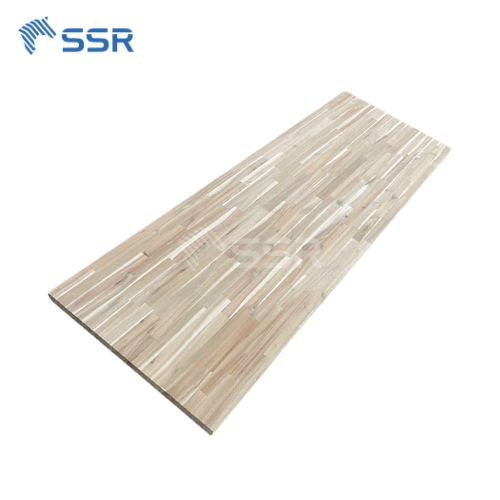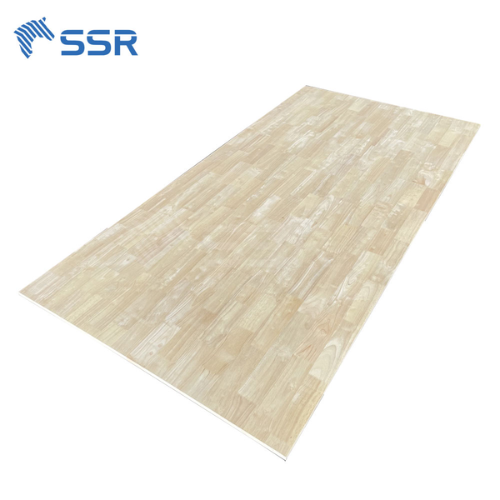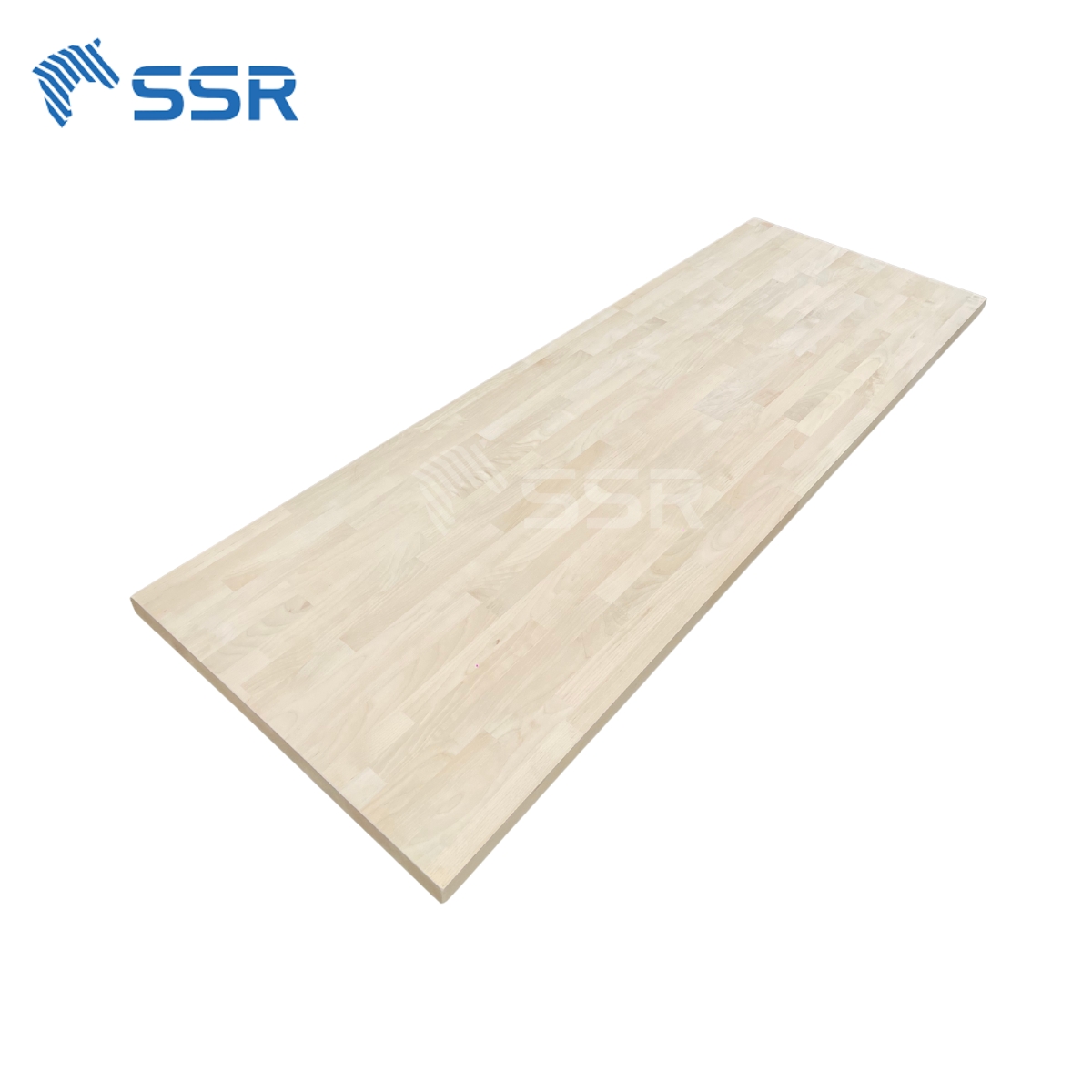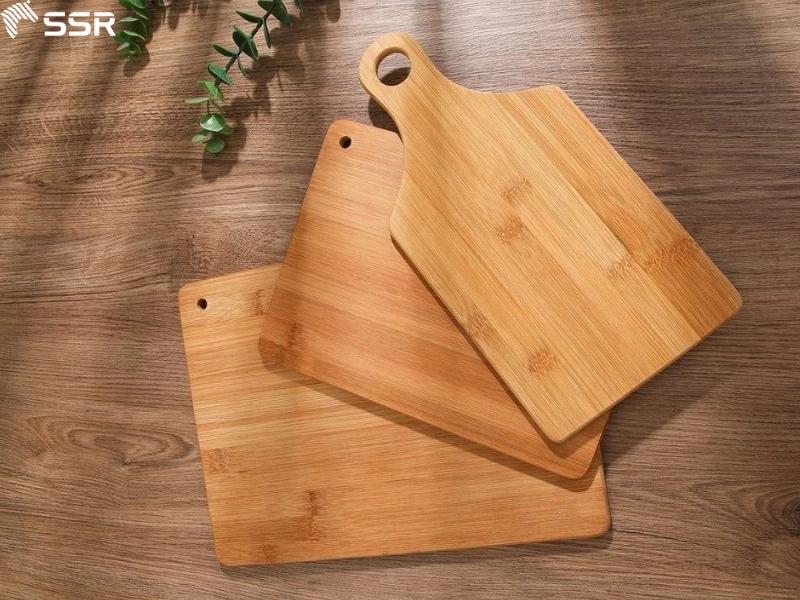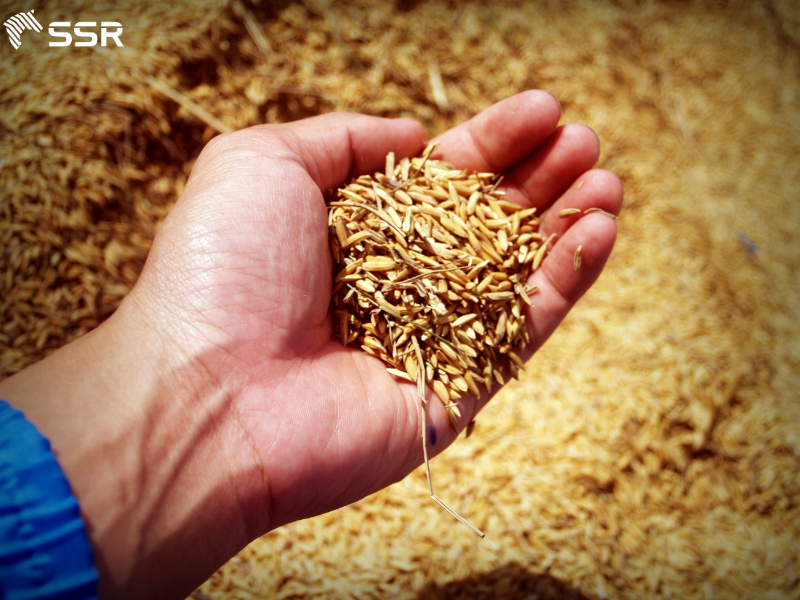NEWS
1. Eucalyptus general information
Eucalyptus is known as one of the tallest plant species on earth with more than 700 different species. Trees are native to Australia, and their habitats are mainly in tropical and subtropical regions of the region. However, today we can come across eucalyptus all over the world, the Americas, Europe, Africa, the Mediterranean region, the Middle East, China, the Indian peninsula and even in Vietnam.
This species varies in size and shape from shrub to tall tree up to 60 meters. Trees usually have a single main stem or trunk but many eucalypts are mallees that are multistemmed from ground level and rarely taller than 10 meters.
All genera in this species add a new layer of bark every year and the outermost layer will peel off in large slabs, in ribbons or in small flakes. The natural tree life cycle can be more than 250 years in the wild. Industrial plantations can be harvested after 6 to 8 years.
2. Eucalyptus specification
Eucalyptus wood is very strong, high density, their harness even higher than white oak. Sapwood is pale cream color and the heartwood is red to reddish-brown.
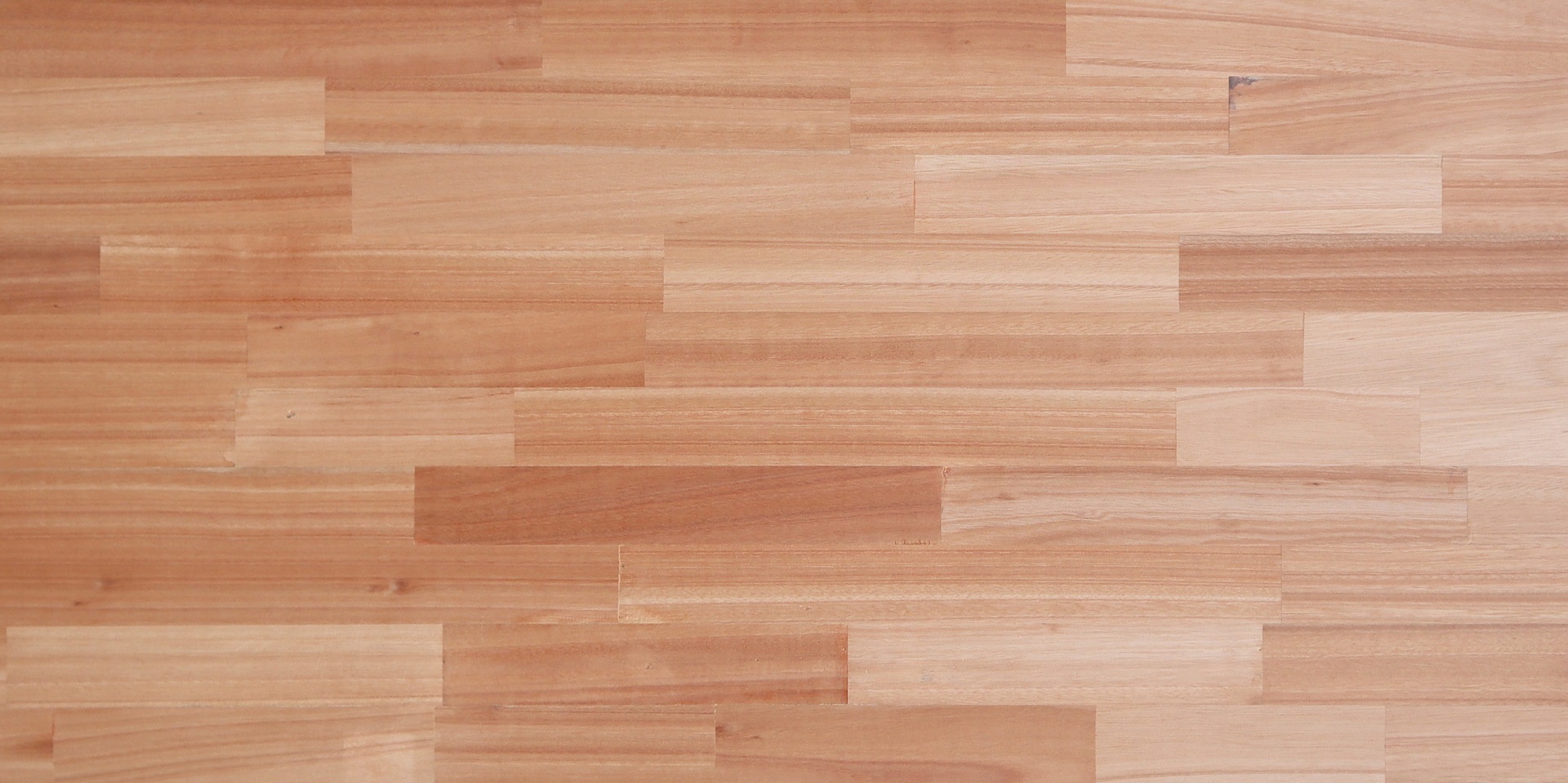
Lumber is easy to process with hand tools or by machine. However, eucalyptus humidity is not stable when changing the environment. Like other natural wood, eucalyptus wood needs to be chemical impregnated, kiln-dry, as well as wood finishing before being used. Besides, after kiln-dry, it tends to shrink and warp. Therefore, it is advisable to carefully pack eucalyptus before shipping.
3. Eucalyptus application
Eucalyptus wood is widely used in many fields, from construction to furniture. Because eucalyptus wood is hard, it is difficult to bend. So they are often used for flat furniture such as tabletops, countertops.
This wood has many uses which have made them economically important trees. Because they are fast-growing and have valuable timber, or can be used for pulpwood, for honey production or essential oils.
Featured Products
Acacia Wood Butcher Block Countertops Supplier
Specifications:
- Species: Acacia
- Moisture: < 12%
- Wood Stave (Length): 150-400 mm
- Wood Stave (Width): 30-80 mm
- Length & Width tolerance: 0/+3 mm
- Thickness tolerance: +/- 0.2 mm
- Glue: D4
- Quality: AB, BC or customized
- Surface finish: Sanding 180-240 grit, 2 faces
Rubberwood Finger Joint Board Supplier
- Species: Rubberwood
- Moisture: <12 %
- Wood Stave (Length): 150-600 mm
- Wood Stave (Width): 35-80 mm
- Length & Width tolerance: 0/+3 mm
- Thickness tolerance: +/- 0.2 mm
- Glue: D4
- Quality: AA, AC or customized
- Surface Finish: sanding 240-320 grit, 2 faces
Birch Butcher Block Countertop Supplier
Specifications:
- Species: Birch
- Moisture: < 12%
- Wood Stave (Length): 150-400 mm
- Wood Stave (Width): 20-80 mm
- Length & Width tolerance: 0/+3 mm
- Thickness tolerance: +/- 0.2 mm
- Glue: D4
- Quality: AB, AC or customized
- Surface finish: Sanding 180-240 grit, 2 faces.
Featured News
Related News
Bamboo Cutting Board Tips for Distributors – SSR VINA
Bamboo has become a popular alternative to traditional hardwoods when it comes to kitchen cutting boards. But is it really a good choice for your kitchen? In this guide, we’ll cover everything from the benefits and downsides to care instructions, environmental impact, and FAQs. What is a Bamboo Cutting Board? A bamboo cutting board is […]

Biomass Energy: The Natural Powerhouse of Renewable Energy
In the search for sustainable energy solutions, biomass stands out as one of the most promising alternatives to fossil fuels. But what exactly is biomass, and why is it gaining attention around the world? Let’s explore how this natural energy source works, where it’s used, and what the future holds. What Is Biomass? Biomass refers […]

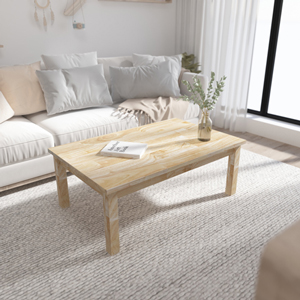
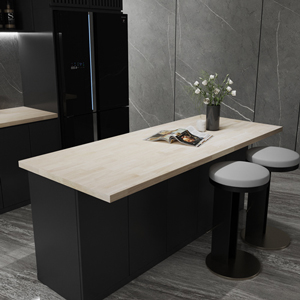
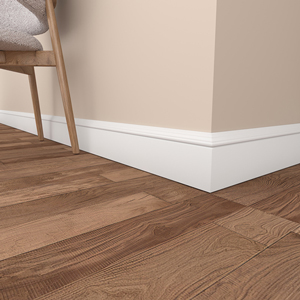
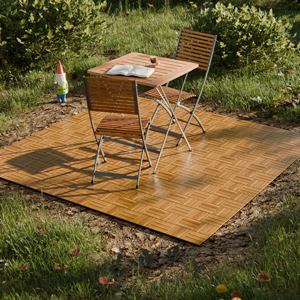
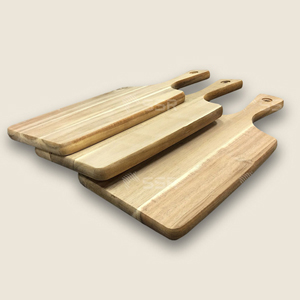
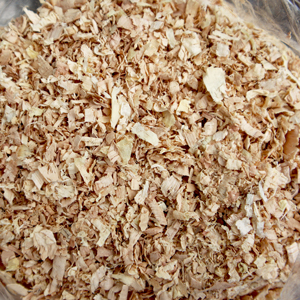

 Tháng 6 28, 2023
Tháng 6 28, 2023 | SSR
| SSR